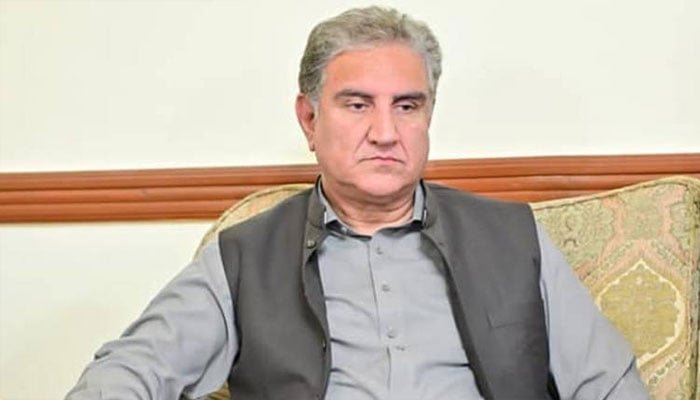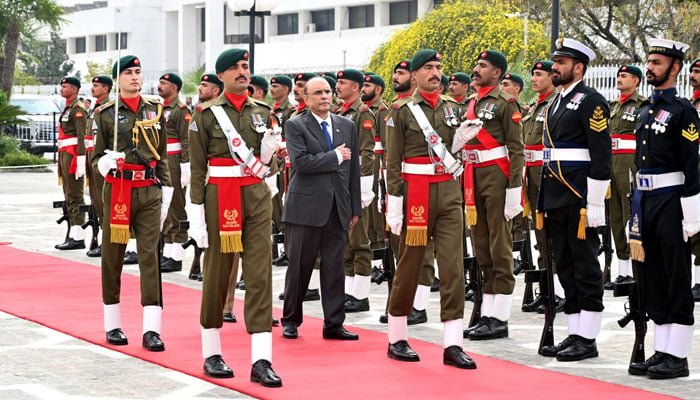In the electoral arena of NA-214, Tharparkar, the political battleground is witnessing symbolic confrontations as electoral contenders from Pakistan Tehreek-e-Insaf (PTI) and Pakistan Peoples Party (PPP) have been assigned distinctive symbols. Shah Mahmood Qureshi, the PTI candidate, has been adorned with the “Peacock” symbol, while Marvi Memon, the PPP candidate, proudly carries the “Aeroplane” symbol on the electoral battlefield.
This symbolic ritual marks a visual representation of the political landscape, where parties and candidates receive unique symbols that are etched on the hearts and minds of voters. The significance of these symbols extends beyond mere representation; they encapsulate the essence of a political party’s identity and resonate with voters on a subconscious level.
The intriguing symbolism goes beyond visual aesthetics, as it plays a crucial role in establishing brand recognition and conveying the party’s message. For Shah Mahmood Qureshi, the “Peacock” symbol may symbolize pride, elegance, and vibrancy, aligning with the PTI’s narrative of a renewed and progressive Pakistan. On the other hand, Marvi Memon’s “Aeroplane” symbol could signify aspirations to soar high, traverse new horizons, and bring about transformative change, reflecting the PPP’s vision for the constituency.
The allocation of symbols is not merely a procedural formality; it contributes to the storytelling aspect of political campaigns. Voters often form emotional connections with symbols, associating them with the values and promises articulated by their chosen candidates. The “Peacock” and “Aeroplane” symbols, in this context, become powerful visual metaphors that encapsulate the dreams and aspirations articulated by Shah Mahmood Qureshi and Marvi Memon.
In addition to the symbolism, the Returning Officer’s issuance of electoral symbols to 86 candidates across six constituencies in Tharparkar, as per Form 33, underscores the complexity and diversity of choices presented to voters. The diversity in symbols not only reflects the multiplicity of voices in the political spectrum but also highlights the democratic essence of the electoral process.
As the electoral drama unfolds in NA-214, the symbols of the “Peacock” and the “Aeroplane” will transcend their visual representation, becoming iconic in the collective consciousness of voters. Beyond the political tussle for seats, it is these symbols that will be etched in the memory of Tharparkar’s electorate, embodying the democratic spirit that defines Pakistan’s electoral landscape.



